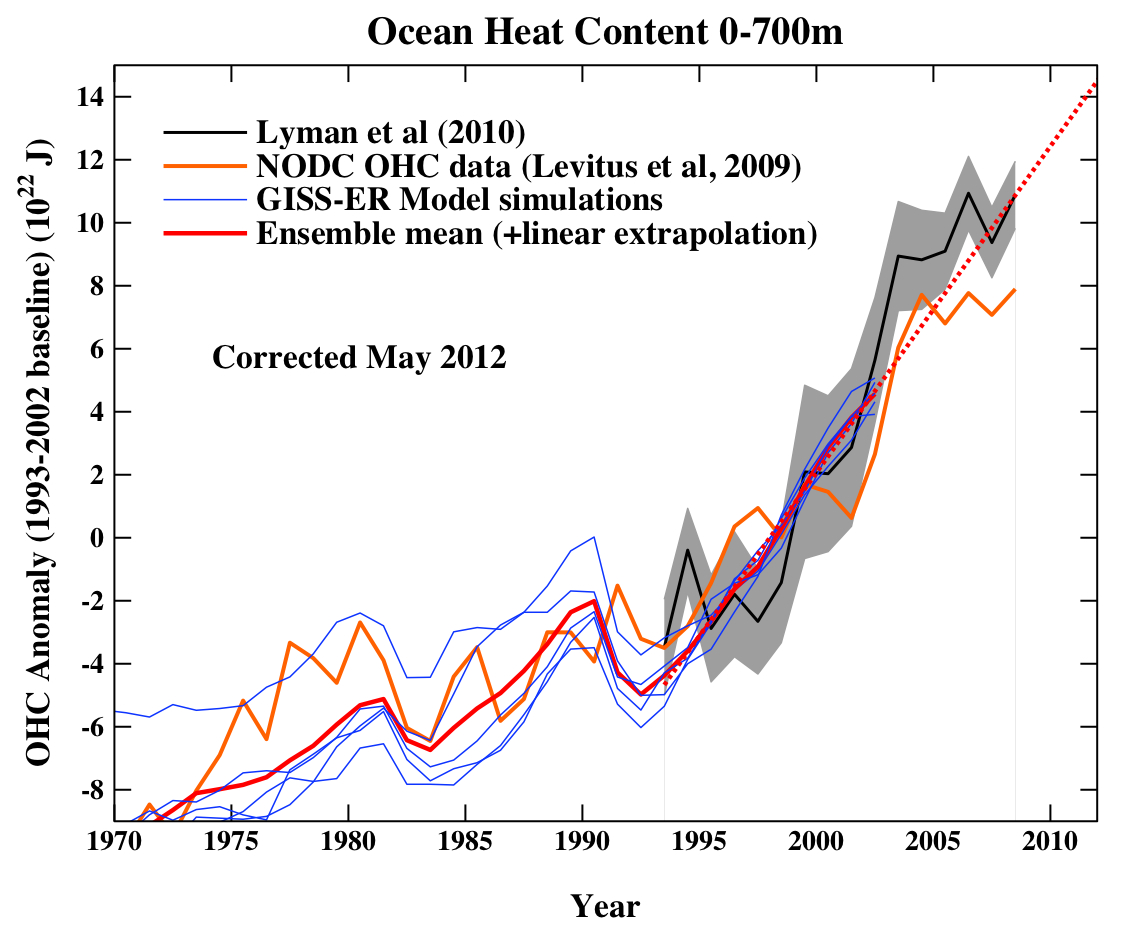
I'm always looking for new ways to make physical numbers memorable.
- One method is to use a picture (eg nuclear waste, per person, per year) [page 170, SEWTHA]
- Another general rule is to choose units such that the answer to be remembered comes out between "1 unit" and "200 units", because smallish numbers are easier to remember.
- Another idea is to reexpress the quantity in completely different units, which may be more familiar and more memorable, as illustrated in this earlier post where I converted an incomprehensible 20 x 1022 J into a hopefully more human-friendly ocean temperature rise of 0.2 degrees C.
I'd like to give a few more examples of this trick, all
converting unmemorable numbers in awkward units into temperature rises.
Example 1:
the cost of desalinating sea water. [This method of
making it stick came from Jim Gill, Chancellor of Curtin University, via Sam Wylie.]
In SEWTHA (p 93), I report that desalination has an energy cost of 8 kWh per m
3. A nice way to make this number more meaningful is to work out
what temperature rise you would get if the same energy were put directly into heat in the same volume of water. The answer is ((8 kWh) / (1000 litres)) / (4.2 ((kJ / C) / litre)) =
7 degrees C.
This result brings home that if the desalinated water is going to be used for a shower or for cooking, the energy cost of the desalination is fairly tiny compared to the energy that will be used later in the water's lifecycle.
 Example 2
Example 2: melting ice. The latent heat of melting of ice is
6 kJ/mol, or
333 kJ per kg, a quantity I have never been able to memorise... until now! Using the same trick as above, we can convert this into an equivalent temperature rise, by dividing by the heat capacity. The answer is "
the latent heat of melting of ice 'is' 80 degrees C".
I don't think I'll forget that number! It really brings home why mountaineers spend so much time melting snow. The energy to melt the snow is roughly the same as the energy to bring the melted snow up to boiling point!
Example 3: vaporizing water. We can apply the same trick to
the heat required to vaporize water (
2258 kJ/kg). The answer is
(2258 kJ/kg) / (4.2 kJ/kg/C) in C =
538 C. This number violates the "should be between 1 and 200" rule, so it is not super-memorable, but it is quite striking, isn't it - whereas near-boiling water is 373 degrees above absolute zero, the energy required to actually boil it is equivalent to another 538 degrees of temperature rise! Maybe the best way to obey the "1-200" rule is to reexpress this heat once more, comparing it to the energy required to bring the water from 0 to 100 C. It is bigger by a factor of
5.4. So "the time for the kettle to boil itself dry is about 5 times the time taken to bring it to the boil".
Here ends the lesson.












